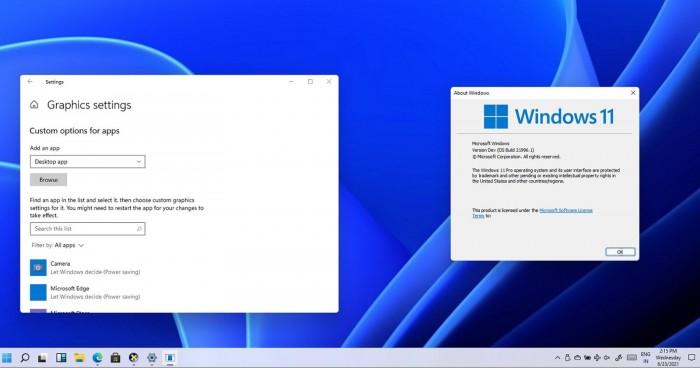Windows 11 introduces several improvements to the Windows Update process, making updates faster, more reliable, and less intrusive. Some of the key improvements to Windows Update in Windows 11 include:
- Smaller updates: Windows 11 updates are designed to be smaller in size compared to Windows 10 updates. Microsoft achieves this by using differential update packages that only include the changes between the current and the new version, reducing the amount of data that needs to be downloaded and installed.
- Faster updates: Due to the smaller size of the update packages, Windows 11 updates typically install faster than their Windows 10 counterparts. This means less downtime during the update process, allowing you to resume using your device more quickly.
- Less disruptive updates: Windows 11 aims to reduce the disruption caused by updates by performing more of the update process in the background while the device is in use. This minimizes the time spent in the update installation and restart phases, resulting in a more seamless update experience.
- Improved update scheduling: Windows 11 offers more control over when updates are installed, allowing you to schedule updates during periods of low device usage or defer updates for a specific amount of time.
- Enhanced security: Windows 11 introduces several security improvements that work in conjunction with Windows Update to keep your device safe, such as hardware-based isolation and virtualization-based security features.
These improvements to Windows Update in Windows 11 aim to provide a better user experience by minimizing the disruption caused by updates, reducing the time it takes to install updates, and offering more control over the update process. These enhancements, along with the security improvements, contribute to a more reliable and secure operating system.
